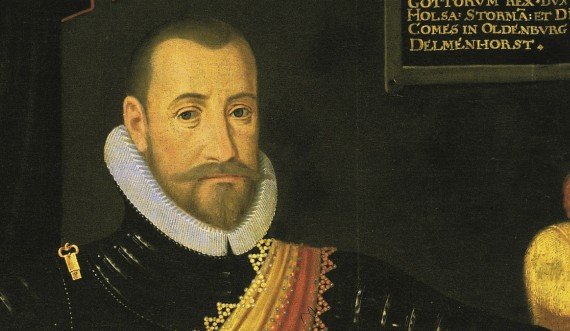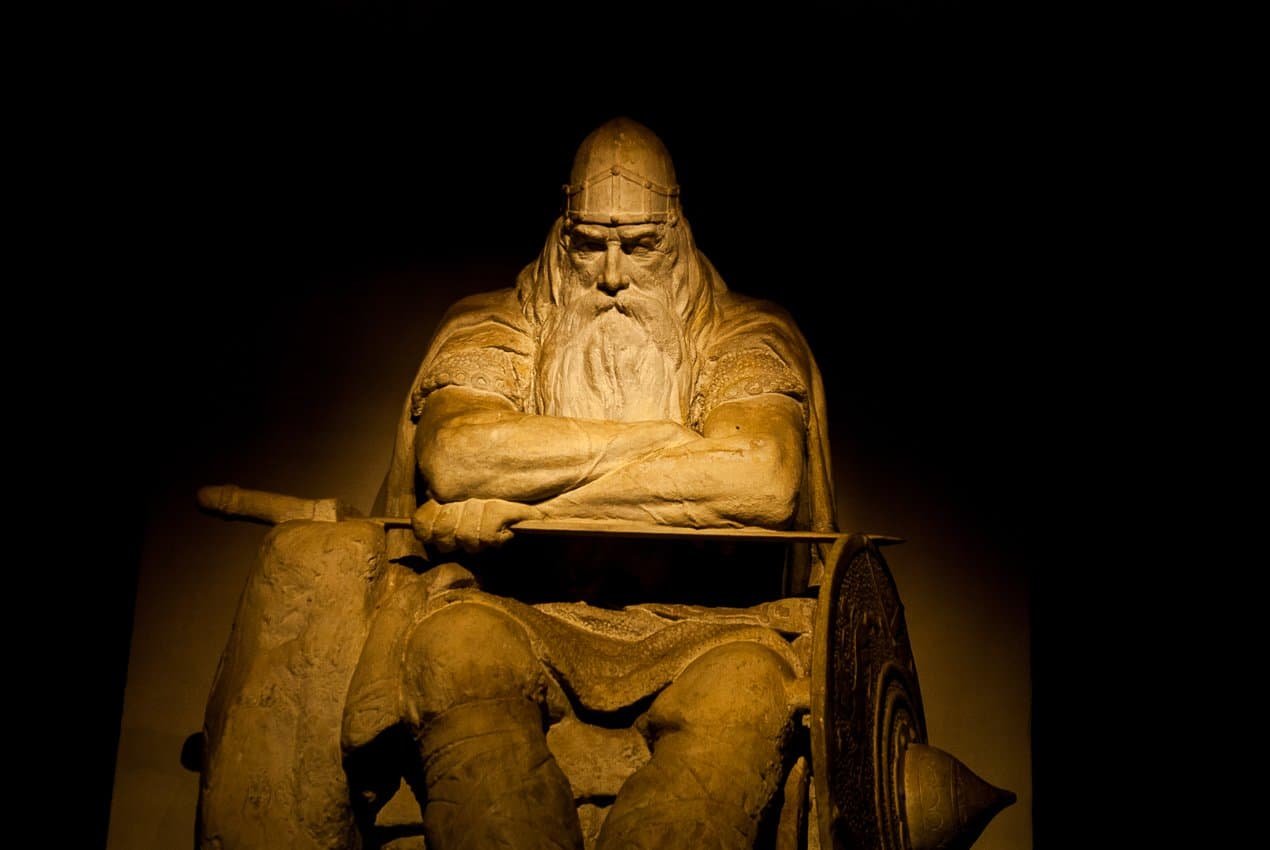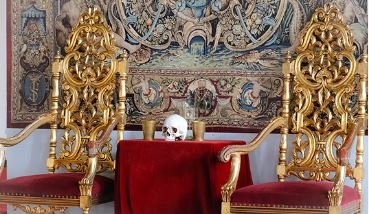
The history of Kronborg Castle
Historical experiences for the whole family at Kronborg Castle
At Kronborg Castle, the whole family can meet Holger Danske, experience exciting history, take part in live guided tours with our skilled castle hosts, see changing exhibitions and immerse themselves in engaging history hunts for the whole family during all school holidays. Children have free admission.
During your visit to Kronborg Castle, you can explore the castle with our skilled castle hosts who will tell you all the things you didn't know you wanted to know, and during the school holidays we have engaging story hunts for the whole family.
For more than 500 years, Kronborg Castle has occupied the strategically important location at the narrowest point of the Øresund to control the entrance to the Baltic Sea. This is where Christian IV as a child ran around the castle's stairs and through the magnificent halls. And this is where Holger Danske sleeps in the casemates - ready to wake up when Denmark is in distress.
Today, Kronborg Castle is open to the public and part of the National Museum of Denmark. Therefore, it is possible to explore the old Renaissance castle, where there are clear traces of the castle's inhabitants, such as old carvings of names in the walls, and where you can quickly sense the castle's heyday in the Dance Hall. Here, the king's parties were so grand that Kronborg Castle was known as Europe's wildest nightclub. It is said that it was these parties that inspired Shakespeare to set his world-famous play Hamlet here.
The history of Kronborg Castle
Dutch skipper Cornelis de Jong approaches Øresund from the north with a ship loaded with spices and colonial goods. It's early morning in June, the year is 1585, and the sun is just coming up. He feels the fresh southwesterly wind on his face and senses the salty taste of the waves' foam splashing against the ship's sides. It's a beautiful morning, and there to starboard he can suddenly make out Kronborg, rising out of the horizon with its gleaming white walls, gleaming copper roofs and golden spires.
For a brief second, de Jong loses his breath. Kronborg is an impressive sight, a building that exudes both overwhelming power and exquisite elegance. De Jong shouts to the crew to fly the flag and set course for Elsinore. They must pay Øresund toll before they can sail on to customers in the Baltic. He looks once more at the just completed Prague castle. "It's been expensive, very expensive," he thinks, "I wonder if they've raised the Sundtoll again? It's happened before!" De Jong sighs and docks.
For over 400 years, Kronborg and the fortress at Elsinore were the headquarters for the collection of the Øresund toll. This began as early as the 15th century, when Erik of Pomerania built a fortress on the site, which was given the name Krogen. In addition to collecting Øresund tolls, the fortress also ensured that Denmark, as the dominant power in the Nordic region, had control over which foreign powers moved into the Baltic Sea. At that time, during the Kalmar Union, the Baltic was considered and treated as internal Danish waters.
A little over a hundred years later, in the mid-1500s, however, new weapons technology had rendered the old medieval fortress of Krogen obsolete, and the new king, Frederik II, therefore decided to modernise and make more efficient the fortifications themselves, with bastions and casemates, and at the same time a completely new and modern Renaissance castle, Kronborg, was built as a suitable setting for the new king's rapidly growing family.
The construction of Kronborg took over ten years, and went through several phases. The castle and towers were first built in red stone with sandstone friezes, but this was also the way the nobility built their estates, and in Frederik II's opinion there should be a difference between king and nobility. So Frederik II covered Kronborg's red walls completely with beautiful white sandstone from Skåne and Gotland.
The white facades of the castle combined with the reddish copper roofs and the golden towers were an impressive and showy sight for all who, like the skipper de Jong, sailed through Øresund. And the castle had cost a great deal of money to build and decorate, so over the years the Øresund toll was gradually rescheduled and raised to cover the cost. This frustrated anyone who had to cross Øresund to trade in the Baltic, but with the castle's menacing cannons aimed directly at the ships in Øresund, the sailors dared to do nothing but pay the king to sail through.
And not only did customs per ship increase, but the number of ships actually grew significantly during the 1500s, adding to the king's coffers. The Øresund toll was the king's own money, which Frederik II could use for his own projects, including Kronborg.
Kronborg became one of the finest castles of the Renaissance. Merchants, diplomats and royalty wrote of the magnificent castle and court life with pomp, pageantry and cannonballs. The tales of Kronborg reached all the way to England and inspired Shakespeare to use the castle as the setting for his drama of Hamlet.
However, the opulent court life gradually disappeared after the castle burned down in 1629, taking most of the precious furniture, paintings and copper roof. The castle was rebuilt, but in 1658 the Swedish king, Karl Gustav, occupied and plundered it, and only after intervention from European powers did Kronborg return to Danish hands in the spring of 1660.






